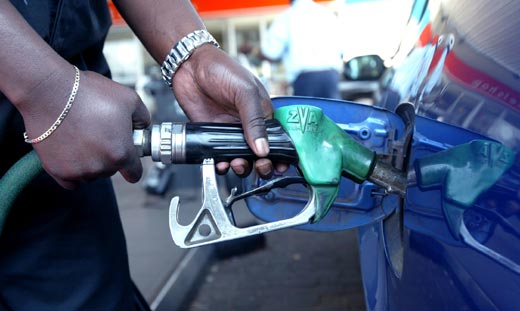July inflation rate falls to double digit
Zimbabwe’s annual rate of inflation dropped to double digit level this month, the first time it has done so in almost two years, in line with the Reserve Bank of Zimbabwe (RBZ)’s projections, latest figures show.
The year on year inflation rate fell to 56,37 percent for July 2021 from 106,64 percent in June, statistics from the Zimbabwe National Statistics Agency show.
On a month-on-month basis, inflation was at 2,56 percent from last month’s rate of 3,88 percent.
The central bank projected annual inflation for July 2021 would fall below 56 percent.
Post the multi-currency regime, commonly referred to as dollarisation, Zimbabwe’s annual inflation rate peaked at 837percent in July last year.
However, the stabilisation of the exchange rate following the introduction of the foreign currency auction system in August last year has seen prices moderately stabilising.
“I projected that last year during the African Economic Development Strategies third quarter economic outlook in October that improved production, particularly from the agricultural sector would guarantee the viability of the foreign currency auction system as import substitution helped to sustain the auction market,” economist professor Gift Mugano said in an interview yesterday.
“That (good farm yields) have guaranteed improvement in availability and preservation of foreign currency and going forward, this will sustain the auction system.
“With this direction, this also gives us assurance that the auction system, notwithstanding challenges related to it, will remain a viable alternative market going forward until we get to a point that the banks take over the management of the forex market.”
The auction system has cumulatively allotted almost US$1,5 billion to key economic sectors for importation of key imports including fuel, raw materials and equipment.
Last month, the International Monetary Fund projected Zimbabwe’s economy would grow 6 percent this year, on the back of higher agriculture and industrial output.
Its projection was higher than the 3,4 percent growth forecast by the World Bank.
The Government expects growth of 7,4 percent this year.
The country has registered significant growth in wheat and soya bean production and this will result in significant fall in foreign currency usage on the commodities. Industrial output has also surged while the availability of electricity will help sustain growth in the mining industry.
Meanwhile an average person needed nearly $4 400 per month on food in July, an increase of 2,5 percent a month ago, Zimstats said. Total income needed for an individual was $6 100, an increase of 2,5 percent in June.-herald.cl.zw









